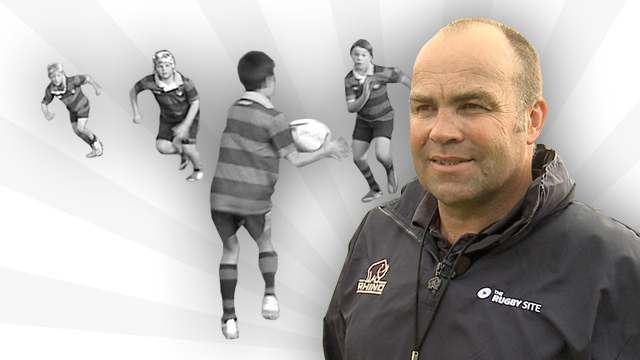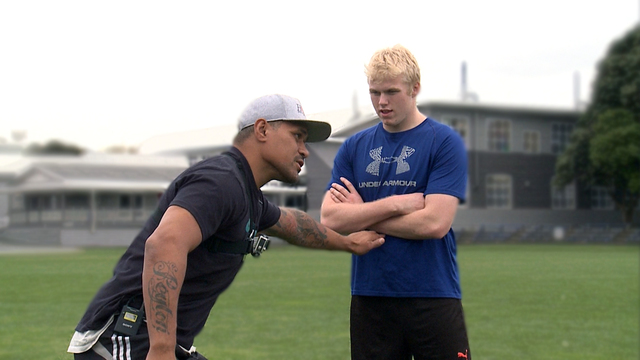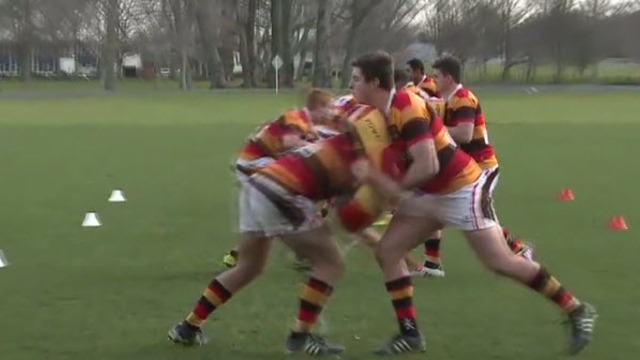The impact of head injuries which resonate far beyond a playing career in rugby, and well into later life, is a hot topic for players and referees. It is also a hot potato in terms of the potential legal repercussions. Back in 2014, the National Football League in the U.S agreed to an astronomical $765 million pay-out after a class-action lawsuit was launched on behalf of 4,500 ex-Gridiron players two years earlier.
The final agreement allowed for up to $1 billion in compensation for retired players with serious medical conditions linked to repeated head trauma. Such a sum would be unthinkable for a relatively cash-poor sport like Rugby. It would bankrupt the game.
A pre-action legal claim against World Rugby, the Rugby Football Union and the Welsh Rugby Union was launched in 2020 by only nine ex-players, but that number had grown to more than 200 by the end of last year. They were joined by a further 55 amateur players on 19th January 2023, the same day on which the RFU council announced it was introducing measures to ban tackling above the waist in the community game from July 1st:
https://www.bbc.com/sport/rugby-union/64333462#:~:text=Rugby%20chiefs%20are%20to%20introduce,the%20Rugby%20Football%20Union%20council.
Matters have indeed come to a head, and the gauntlet thrown down to rugby administration now has to be taken up by rugby’s refereeing protocols and its coaching attitudes across the game.
The most recent round of the Heineken Champions Cup saw the issue of five red cards in the course of a dozen matches: three for head-high contact in open-field tackles, and two more for dangerous cleanouts at the breakdown.
Let’s start with the issue of head-high contact in open-field tackling:
This example presents a common scenario in which a cover defender is moving at speed after a break has been made by the opposition. There is little time to react because he is travelling so fast; if he enters the tackle situation high, there is no chance of adjustment to late movement by the attacker.
In this instance, Irish full-back Ben Loader is moving East-West across field on a collision course with Stormers number 10 Manie Libbok, running North-South and parallel to the side-line. As ex-Ireland and British & Irish Lions centre Brian O’Driscoll commented elegantly in his BT Sport summary:
“From an outside backs’ viewpoint, when you’re chasing across and trying to discover what kind of tackle you need to make, it’s difficult when you’re going at full tilt.
“If they [the attacker] decide to drop their body-height or step, you’re gone from the game. That’s why you see so many players remaining high while they are sprinting towards a tackle. When they approach that situation, they are going to have to drop their body-height, [regardless of] the offload or the need to stop the ball [being passed].”
‘BOD’ went on to spotlight the use of the low chop tackle in close-quarter exchanges, suggesting that the window for the offload was too small to matter if the defensive execution was accurate.
Another example of open-field tackling at speed occurred in the match between the Bulls and the Exeter Chiefs, and it illustrates the problem with refereeing consistency:
England’s number 13 Henry Slade clearly makes initial contact shoulder-to-shoulder, but his forearm rides up subsequently on to the jaw-line of Springbok Kurt-Lee Arendse. Slade was incorrectly red-carded and the decision was overturned by a review panel after the match.
What about tackles made ‘in structure’ before any breach has been made? The Munster-Northampton game showed that the two-man, double-team tackle on the inside may have passed its sell-by date in the modern marketplace:
The first defender goes low to take away the attacker’s legs, the second stays high to either lock up the ball or strip it away. With the ball-carrier falling forwards and his height dropping rapidly, there is much more likelihood of head contact with the second (upright) defender. He may in future have back away and content himself with contesting the ball once the tackled player goes to ground.
What of refereeing consistency in scenarios close to the ruck? Probably the best and most experienced official in the world, Englishman Wayne Barnes, argued himself towards a controversial conclusion in the following instance in order to avoid issuing a red card to the defender. He penalized the first attacking support player for a push instead:
According to Barnes on the ref-mic, “Obviously you can’t push people into contact. He [support player Alex Dombrandt] accelerates that. That’s the offence, isn’t it? It is a high tackle, but that’s all caused by Dombrandt. Dombrandt accelerates Joe Marler into the contact, which means [the defender] Calum Green has no chance to do anything. That’s a penalty against Dombrandt, isn’t it?”
The other major area of concern is at the cleanout. The laws of the game on the formation of a ruck forms state that:
A ruck is formed when at least one player from each team are in contact, on their feet and over the ball which is on the ground.
Players involved in all stages of the ruck must have their heads and shoulders no lower than their hips
The main problem is that the action of the first defender is to drop his head below his hips and try to pick up the ball or rip it away from the ball-carrier’s grasp – as the so-called ‘jackler’. That in turn creates a natural blind-spot for, and determines the body height of, the first cleanout player:
It is the second and third of these instances (the same incident, seen from different angles) which are of most interest. The defender (Toulouse prop Doran Aldegheri) folds over the ball-carrier before he can make any attempt to play the ball away, and presents a narrow target area indeed to approaching Sale lock Cobus Wiese (in the headband). Both Wiese and Aldegheri have their heads lower than their hips as the ruck forms and neither can play ‘heads-up’ or control the degree of danger.
Either the ball-carrier has to be allowed to make an attempt to play the ball away from his body immediately after being brought to ground, reducing the need for the defensive fold-over and heads-below-hips; or, as ex-England and Lions back-rower Lawrence Dallaglio commented on BT Sport, “Now, if I [as a cleanout support] go down, I am going to damage the defender. [Support] players will have to make decisions – ‘Have I got any chance of winning the ball? No, I haven’t. I am going to have to let [him] win it’.”
Summary
It is a stark choice, but at present neither coaching nor refereeing is consistently presenting a picture of the game which would deter ex-players from launching a class-action suit, one similar to that which occurred in the NFL ten years ago. Defenders are coached to stand high in the tackle and take away the offload at the collision-point, or smother release on the ground after the ball-carrier goes to ground. At the time of speaking, it appears the game of Rugby will have to develop by a revolution rather than an evolution, in the area of head-high contact.






















